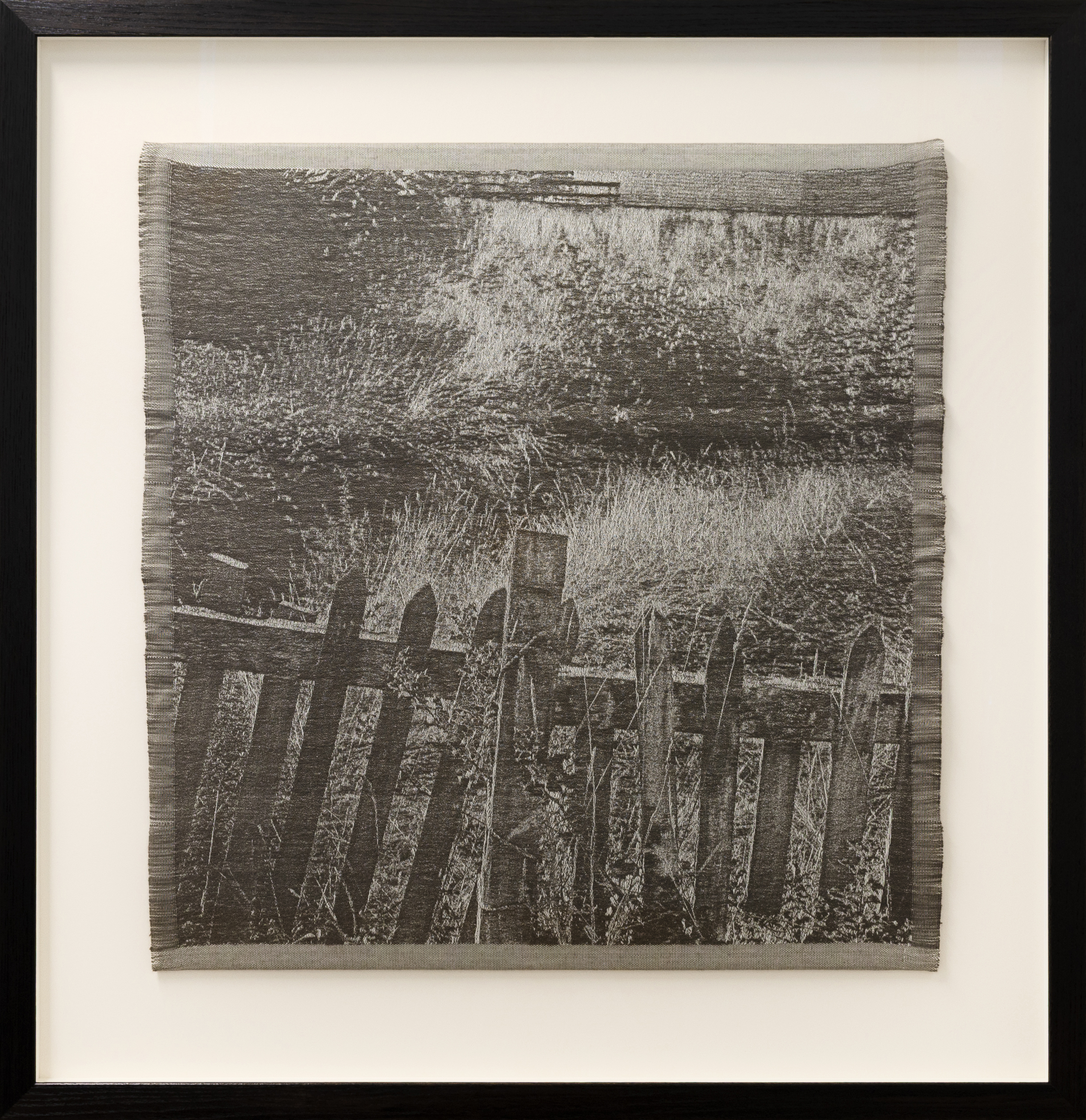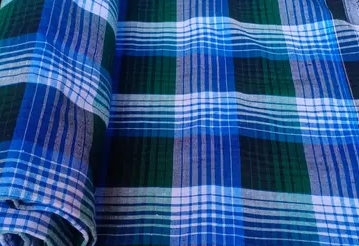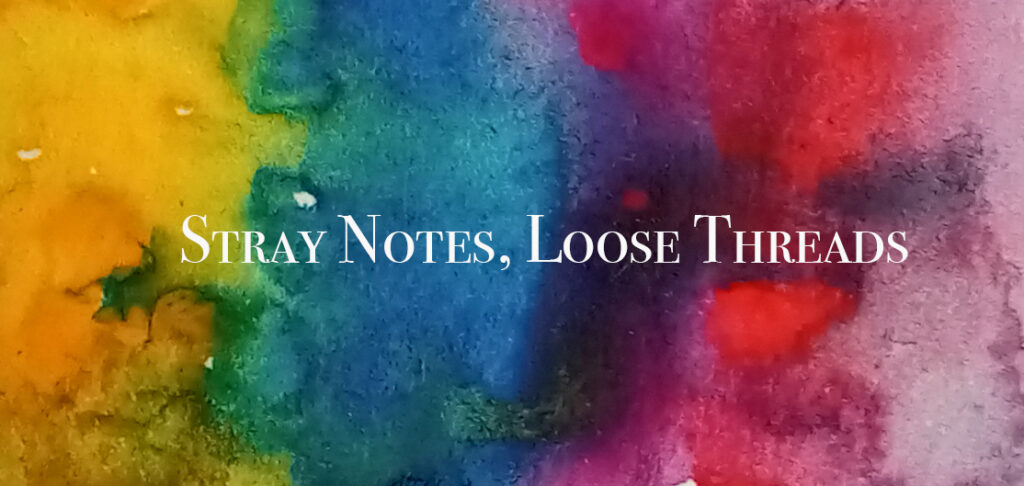Tag: appreciation
-
Thula Mntwana/ Dingaka Lullaby
Thula Mntwana is a well-known and much-loved song from South Africa, but it has a troubled history. In 1964 the film Dingaka was released. It told the story of a man seeking revenge on those who had killed his daughter, and his subsequent trial for murder. The film (you can see it on the YouTube…
-
Textiles from the Indian Subcontinent
If you have ever fancied learning something about the fascinating textiles from India check out a free online course. Run by the MAP Academy the course is just one of the variety on offer that include art history, sculpture, archeology and architecture. This course looks at textiles, through videos, illustrations and texts, in their broad…
-
Jacquelyn Fang Greenbank
Jacquelyn Fang Greenbank is a New Zealand artist who uses materials to explore the complexities of identity and heritage. Jacquelyn is of Chinese and European heritage, and her work often uses food as a way to convey subtle and witty messages. Last night, Saturday 23rd March, the Left Bank Art Gallery hosted a “Show-and-Tell” of…
-
Collections/ Connections
The current exhibition at the Left Bank Art Gallery in Māwhera Greymouth has an interesting premise behind it: the connections between collectors and artists. In this show Friends of the Gallery were asked to choose a piece from their collection to share with someone else, who would respond to it with a piece of their…
-
Beadwork from South Africa
The beadwork from Africa is probably best-known from South Africa where geometric patterns and bright colours have come to symbolise the country. In this article, from Google Arts and Culture, pieces from Iziko Museums of South Africa are shown along with texts about the various people who make and wear the beadwork. Another article from…
-

An interview with Caroline McQuarrie
This week saw the first interview of the Conversation and Cloth series of textile events. Caroline McQuarrie joined Andy Ross on the couch for a chat about textiles, art practices, weaving and memory. You can watch the video of the interview below. Links to works and websites mentioned in the interview: https://www.hastingscityartgallery.co.nz/home/article/433/caroline-mcquarrie-and-shaun-matthews-prospects-fearful?t=featured&s=1 https://teara.govt.nz/en/search/teara?keys=pakeha https://maoridictionary.co.nz/search?idiom=&phrase=&proverb=&loan=&histLoanWords=&keywords=pakeha https://www.annagratton.co.nz…
-
Lindzeanne
Lindsey “Lindzeanne” Gradolph is a textile artist who uses embroidery to explore and fill spaces. Basing her practice on the Japanese idea of wasting nothing – mottainai – Lindsey uses sashimi threads and hand-sewing to create dense textures and patterns on objects and cloth.
-

Madras check
The familiar sight of Madras check has a long heritage, and has its origins in everyday casual wear. Born in what was Madras, now Chennai, the capital city of Tamil Nadu, the hand-woven cotton cloth was originally dyed with vegetable colours that ran together when washed, giving a blended look to the soft fabric. It…
-
Hine e hine
This week I was singing in a concert in Greymouth. The event is an annual affair by Centrestage, a women’s performing group, and they always invite others to take part. One of the pieces I chose to sing was Hine E Hine, written by Princess Te Rangi Pai/ Fanny Rose Porter in 1905. You can…
-
Appropriation or appreciation – who makes the decisions?
The artist, Yinka Shonibare, has long employed art to explore and expose colonial attitudes, using cloth that originated in the Dutch colonies and that are now associated with Africa, to highlight the role of the textile industry in world trading relationships. It is a clear example of cultural appropriation. But sometimes the lines are blurry.…
